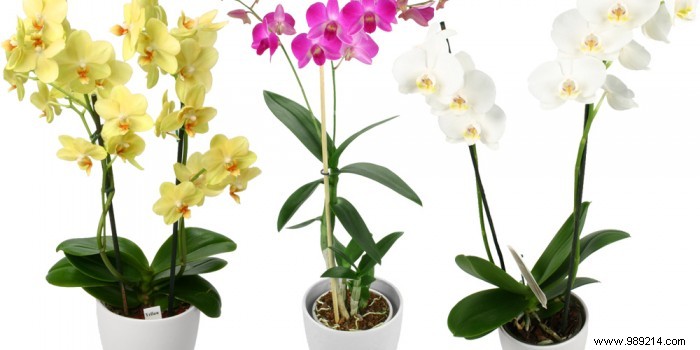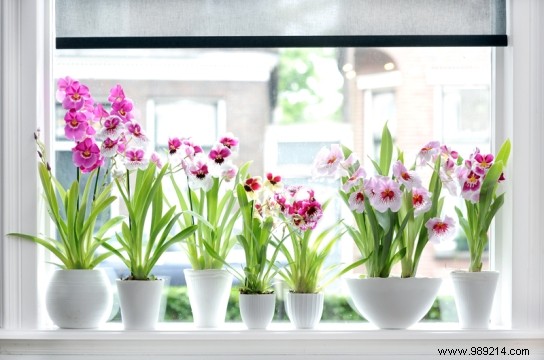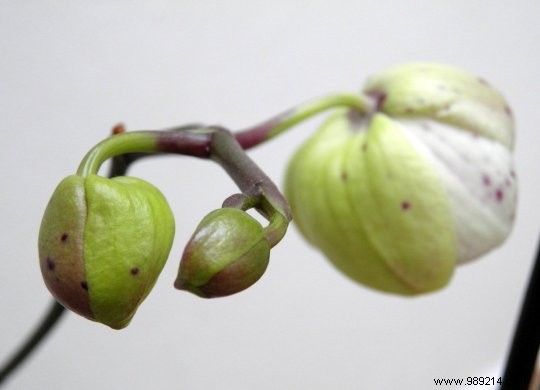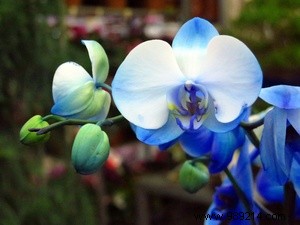
The orchid is an elegant flower that gives a special charm in the garden. It also fits in the house, in a flower vase in cut flowers or to embellish the dullest living rooms in a cachepot as a whole plant. Despite its beauty, the orchid is a fragile plant that constantly needs to be maintained in order to keep it as long as possible. But one of its main assets is the fact that it resists well in winter.

In choosing an orchid, you first need to know whether it has developed well or not. To do this, just look at the floral stem, that is to say, the stem of the flower. If the plant growth has matured, the plant has developed well.
As for the ideal size of orchid flowers, they should be wide and tall. Indeed, the size of the flowers determines the health of the plant.

When buying a flower, we often want to keep it as long as possible. In this case, consider buying a plant with a few flowers and many flower buds that will guarantee the birth of new plants later. This is particularly valid for very green orchids, as those with yellow or red spots may fall prematurely.
There is another way to recognize the health of the plant at the leaf level. If the orchid has ensured good growth, it should have very green, stiff leaves, in bundles of two or three. On the other hand, an orchid with yellow and limp leaves is a sign of excessive watering, and if it has not been exposed to enough light, its leaves will be very long and not very wide.
 Root color should always be considered when choosing any plant. Before choosing an orchid, consider checking the color of its roots. Those that are green are healthy. On the other hand, an orchid with yellow, brown or white roots has been poorly cared for. Most often, orchid pots are narrow and transparent, allowing the roots to be seen inside and not just the roots on the surface.
Root color should always be considered when choosing any plant. Before choosing an orchid, consider checking the color of its roots. Those that are green are healthy. On the other hand, an orchid with yellow, brown or white roots has been poorly cared for. Most often, orchid pots are narrow and transparent, allowing the roots to be seen inside and not just the roots on the surface.
Be careful not to buy orchids with colors that are too unusual, such as the blue phalaenopsis for example, at the risk of disappointing you the next time you bloom. Indeed, if some orchids are naturally blue, especially the vanda, for the phalaenopsis this color is obtained by using dye.